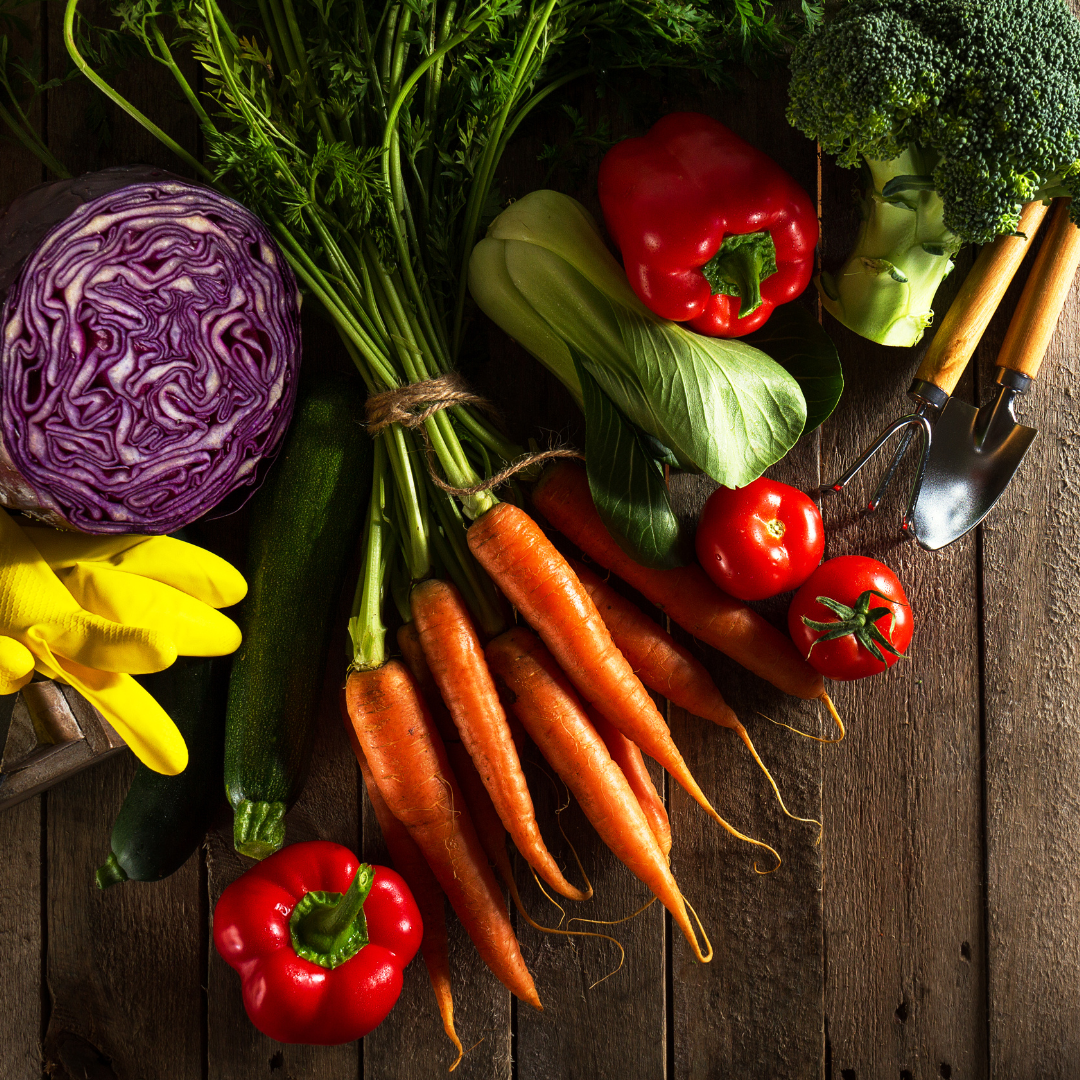10 Tips for Putting More Vegetables on Your Plate: A Home Cook’s Guide
Are you looking to add more vegetables to your diet but unsure where to start? Incorporating an abundance of colorful, nutrient-rich vegetables into your meals is not only delicious but also essential for maintaining a balanced and healthy lifestyle. Whether you’re a seasoned chef or just starting out in the kitchen, these ten tips will inspire you to embrace the beauty and versatility of vegetables and put more of them on your plate with ease.

- Start with Variety: One of the keys to enjoying more vegetables is to embrace variety. Experiment with different types of vegetables, including leafy greens, cruciferous veggies, root vegetables, and colorful bell peppers. Aim to include a diverse range of colors, textures, and flavors in your meals to keep things interesting and satisfying.
- Plan Ahead: Incorporating more vegetables into your meals starts with planning. Take some time each week to plan out your meals and snacks, making sure to include plenty of vegetables in each. Stock up on fresh produce during your grocery trips and consider prepping vegetables in advance to make cooking throughout the week a breeze.
- Make Vegetables the Main Event: Challenge yourself to make vegetables the star of your meals rather than just a side dish. Build your meals around vegetables by choosing recipes that feature them prominently, such as vegetable stir-fries, grain bowls, or stuffed bell peppers. Get creative and experiment with different cooking techniques and flavor combinations to showcase the natural goodness of vegetables.
- Blend Them In: Sneak extra vegetables into your meals by blending them into sauces, soups, and smoothies. Pureed vegetables like cauliflower, carrots, or spinach can add creaminess and depth of flavor to sauces and soups without the need for heavy creams or added fats. Similarly, adding leafy greens or frozen vegetables to your smoothies is an easy way to boost their nutritional content.
- Roast, Grill, or Saute: Bring out the natural sweetness and flavor of vegetables by roasting, grilling, or sautéing them. These cooking methods caramelize the sugars in the vegetables, resulting in deliciously crispy and flavorful dishes. Experiment with different seasonings, herbs, and spices to enhance the taste of roasted or grilled vegetables and make them the highlight of your meal.
- Snack Smart: Swap out processed snacks for fresh vegetables to satisfy your cravings while nourishing your body. Keep cut-up veggies like carrots, cucumbers, and bell peppers on hand for quick and healthy snacking throughout the day. Pair them with hummus, guacamole, or Greek yogurt dip for added flavor and protein.
- Bulk Up Your Meals: Add volume and nutrition to your meals by bulking them up with vegetables. Incorporate vegetables into dishes like soups, stews, casseroles, and pasta dishes to make them more filling and satisfying. Grated zucchini or cauliflower rice can also be used as low-carb alternatives to traditional grains, adding extra nutrients and fiber to your meals.
- Get Creative with Substitutions: Get creative in the kitchen by swapping out less nutritious ingredients with vegetables. For example, use zucchini or spaghetti squash instead of pasta, cauliflower rice instead of white rice, or lettuce wraps instead of tortillas or bread. These simple substitutions not only reduce calories and carbohydrates but also increase your vegetable intake.
- Grow Your Own: Consider starting a small vegetable garden or growing herbs on your windowsill to have fresh, flavorful produce at your fingertips. Growing your own vegetables not only ensures a steady supply of fresh, organic produce but also connects you with the process of food cultivation and encourages you to incorporate more vegetables into your meals.
- Lead by Example: Finally, lead by example and make vegetables a regular part of your meals and snacks. Set a positive example for your family and friends by showcasing the deliciousness and versatility of vegetables in your cooking. Encourage your loved ones to join you in exploring new vegetable-based recipes and creating memorable meals together.
By following these ten tips, you’ll be well on your way to putting more vegetables on your plate and reaping the countless health benefits they have to offer. So, roll up your sleeves, sharpen your knives, and get ready to embark on a delicious and nutritious culinary journey filled with vibrant, flavorful vegetables. Happy cooking!

Very useful guidelines, Chef. Thanks for sharing.